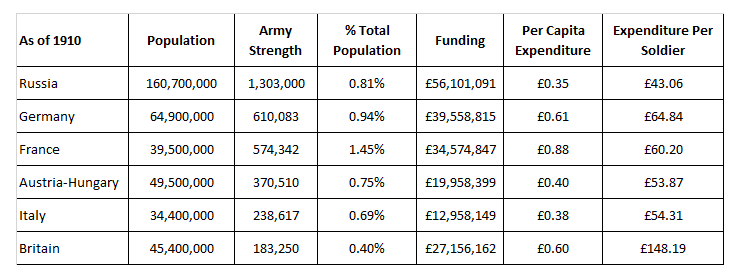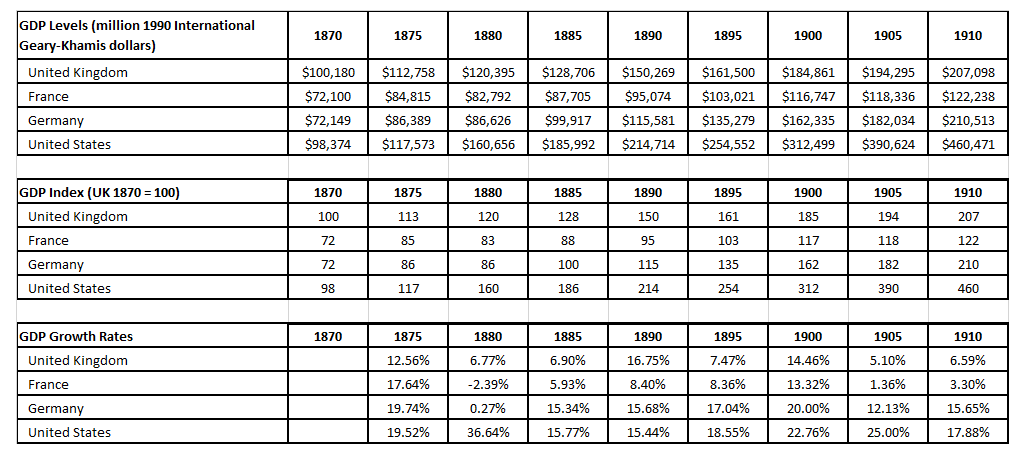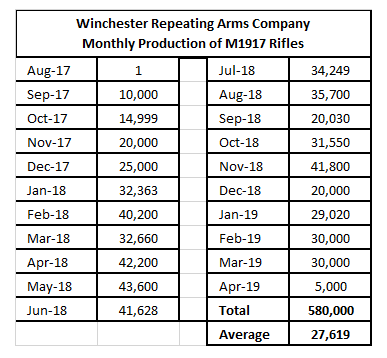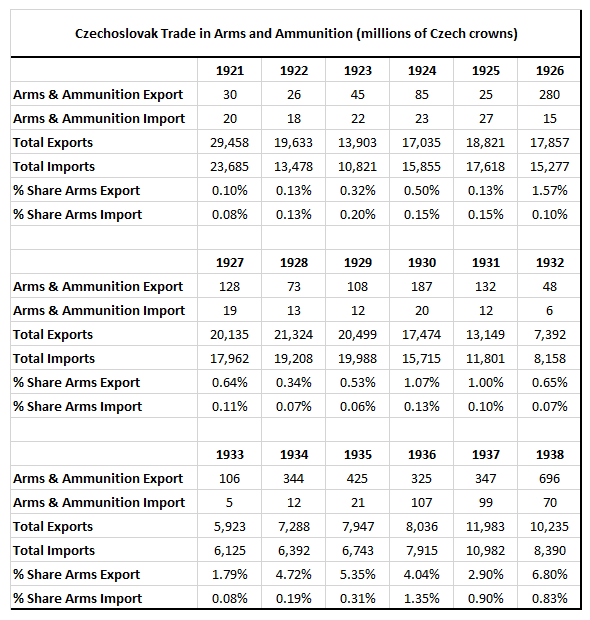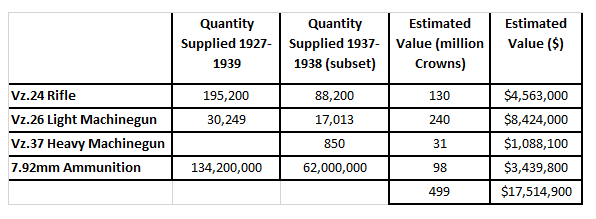Some interesting bits of data, especially on the raw materials required to operate factories, the costs of building factories and some interesting production stats and the comparison of the costs of a battleship to aircraft.
David Edgerton 'Britain's War Machine', 2012
The yearly input of raw materials (1939) into Metropolitan-Vicker's Trafford Park Works making electrical equipment such as generators and transformers and turbines etc.
20,000 tons of coal for heating and process work
16,000 tons of sheet steel
2,000 tons of steel forgings
4,500 tons of steel castings
10,000 tons of pig iron
4,000 tons of copper
5,500 tons of timber
1,000 tons of slate and marble
400 tons of insulating boards
40,000sq yards of silk
15,000 workers in 1939, double the number in the early 1930s and 50% more than before the depression.
Of these 600 in maintenance, 900 apprentices and 400 college apprentices (majority university graduates)
British Rifle Production
Under 200,000 between 1939-41.
BSA Small Heath Works, Birmingham producing 8-10,000 per month May-September 1940, after air raids this dropped by more than half.
Output of Principal Weapons, last 4 months of 1939 - from M.M. Postan ' British War Production', 1952;
UK: 18,700 rifles, 6,900 machine guns, 0 field and medium artillery, 224 medium AA, 314 tanks (all types)
Germany: 279,000 rifles, 12,700 machine guns, 773 field and medium artillery, 192 medium AA, 247 tanks (all types)
First 4 months of 1940;
UK: 26,800 rifles, 7,400 machine guns, 51 field and medium artillery, 234 medium AA, 287 tanks (all types)
Germany: 310,400 rifles, 14,700 machine guns, 675 field and medium artillery, 317medium AA, 283 tanks (all types)
May 1940;
UK: 11,100 rifles, 2,900 machine guns, 63 field and medium artillery, 94 medium AA, 138 tanks (all types)
Germany: 101,600 rifles, 5,200 machine guns, 217 field and medium artillery, 86 medium AA, 116 tanks (all types)
Imports of oil products to UK (all users, including US forces), millions of tons (Payton-Smith, 'Oil')
1938
Motor Spirit & Aviation Spirit: 4.699
Admiralty Oil: 0.403
Gas oil/ diesel: n/a
Total: 11.618
1944
Motor Spirit: 4.773
Aviation Spirit: 4.751
Admiralty Oil: 3.912
Gas oil/ diesel: 2.211
Total: 20.344
From same source, Anglo-American 100-octane production, millions of tons
1942
US, all companies: 3.075
Aruba, Esso: n/a
UK: ICI, Trimpell, Shell: 0.184
Curacao, Shell: 0.057
Trinidad, Trinidad Leaseholds: 0.088
Abadan, Anglo-Iranian: 0.258
1944
US, all companies: 15.125
Aruba, Esso: 0.505
UK: ICI, Trimpell, Shell: 0.549
Curacao, Shell: 0.230
Trinidad, Trinidad Leaseholds: 0.165
Abadan, Anglo-Iranian: 0.858
The Trimpell plant at Heysham in 1944 produced: 344,000 tonnes of hydropetrol, 55,000 tonnes of iso-octane and 22,000 tons of ammonia
This required the following raw materials: 466,000 tons of imported gas-oil, 100,000 tons of coal, 204,000 tons of coke and large amounts of electricity and water
Construction of Royal Ordnance Factory, Chorley, Lancashire. Construction began 1937, limited production end of 1938 and official opening by the King spring 1939.
30 million bricks, 1 million cubic yards of concrete, 15,000 steel window frames, 50 miles of road, 25 miles of railway track, 1,500 buildings, required the building of the world's largest cement mixer which mixed 5,000 tons a day moved by 30 lorries, 12,000 workers needed to build the plant. Cost £11 million.
1942 - 1 week's output = 500 tons of TNT, 250 tons of ammonium nitrate, 150 tons of cordite, 210 truckloads of 25pdr shells and 70 trucks of 5.5in howitzer shells.
Factory building and equipping costs during the war:
Chemical Warfare factories: £20 million
20 aero-engine factories at £1.5 million each building costs plus £4 million for tooling, some came to £10 million (e.g. Ford Merlin plant at Manchester cost £7 million) and total spent was over £100 million.
Armament Costs
Cost of battleship King George V was £7.5 million.
Edgerton claims a battleship was the same price as 200 Avro Lancasters (enough for two Wings)
